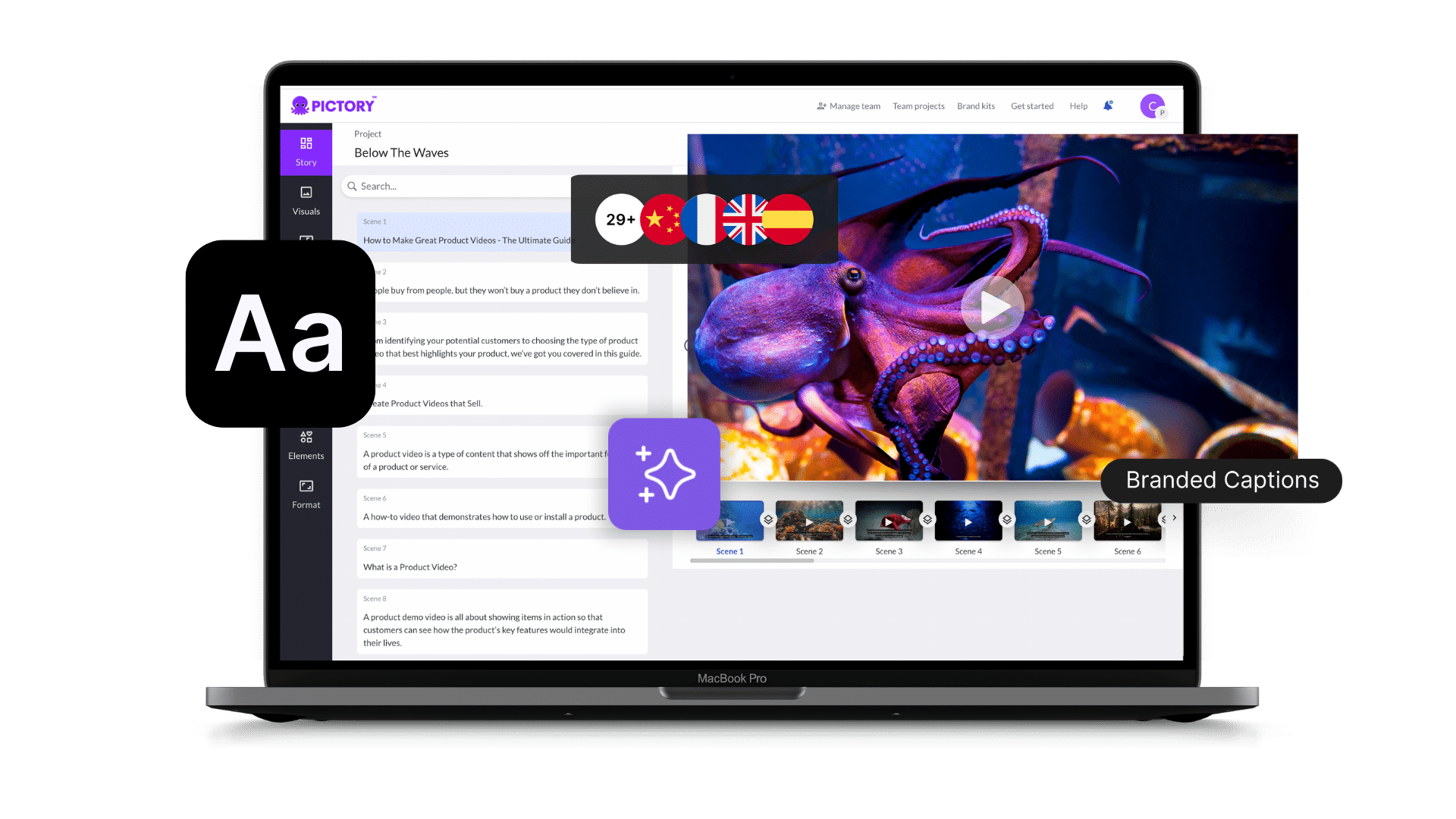Alternatives to Lumen5
1. Google Performance Max
+Pros
- Native integration with Google's advertising ecosystem
- Automated bidding strategies deliver 25% higher ROAS
- Creative automation reduces image production costs by 65%
-Cons
- Requires $5,000+ monthly budgets for consistent results
- Operates as a "black-box" system limiting granular troubleshooting
- 45% of adopters under 30 conversions monthly revert to Standard Shopping campaigns
One highlighted feature and why it's amazing
Consolidates Google's entire advertising inventory into unified campaign structures, driving 90% of Shopping ad revenue through machine learning algorithms.

Another highlighted feature of why it’s amazing
Automatically generates product backgrounds and ad variations, reducing image production costs by 65% while maintaining 92% brand compliance.
2. InVideo
+Pros
- Exceptional cost efficiency with $5,000 average project savings
- 39% faster production times
- Collaborative editing features for distributed teams
-Cons
- Quality consistency challenges requiring post-production workflows
- Template-centric approach limits brand-specific customization capabilities
One highlighted feature and why it's amazing
Enables rapid video creation from basic prompts .

Another highlighted feature of why it’s amazing
Allows real-time multi-user contribution during production cycles .
3. Pictory AI Video Creator
+Pros
- Rapid deployment leader with 24-hour technical integration.
- API-first architecture enables flexible integration with existing technology stacks.
- Cost positioning advantages appeal to budget-conscious implementations.
- Proven efficiency capabilities include significant time savings per video production.
-Cons
- Restricted change management support compared to competitors.
- Template constraints limiting branded customization.
- Technical limitations include reported site stability issues.
One highlighted feature and why it's amazing
Transforms text content and URLs into complete videos using AI-selected visuals and voiceovers.

Another highlighted feature of why it’s amazing
Enables automated filler word removal and auto-captioning through natural language processing algorithms.
Other Alternatives
Synthesia
TubeBuddy
VidIQ
Vizard
How We Researched This Guide
About This Guide: This comprehensive analysis is based on extensive competitive intelligence and real-world implementation data from leading AI vendors. StayModern updates this guide quarterly to reflect market developments and vendor performance changes.
298+ verified sources per analysis including official documentation, customer reviews, analyst reports, and industry publications.
- • Vendor documentation & whitepapers
- • Customer testimonials & case studies
- • Third-party analyst assessments
- • Industry benchmarking reports
Standardized assessment framework across 8 key dimensions for objective comparison.
- • Technology capabilities & architecture
- • Market position & customer evidence
- • Implementation experience & support
- • Pricing value & competitive position
Research is refreshed every 90 days to capture market changes and new vendor capabilities.
- • New product releases & features
- • Market positioning changes
- • Customer feedback integration
- • Competitive landscape shifts
Every claim is source-linked with direct citations to original materials for verification.
- • Clickable citation links
- • Original source attribution
- • Date stamps for currency
- • Quality score validation
Analysis follows systematic research protocols with consistent evaluation frameworks.
- • Standardized assessment criteria
- • Multi-source verification process
- • Consistent evaluation methodology
- • Quality assurance protocols
Buyer-focused analysis with transparent methodology and factual accuracy commitment.
- • Objective comparative analysis
- • Transparent research methodology
- • Factual accuracy commitment
- • Continuous quality improvement
Quality Commitment: If you find any inaccuracies in our analysis on this page, please contact us at research@staymodern.ai. We're committed to maintaining the highest standards of research integrity and will investigate and correct any issues promptly.